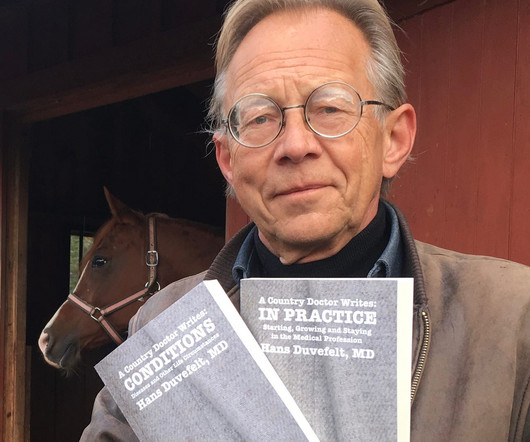Revisiting the Advantages of aSOAP Notes: The Best of the Paper Chart and Old School Photography
A Country Doctor Writes
JUNE 11, 2025
72 year old female with diabetes and heavy atherosclerotic burden presents with two weeks of increased dyspnea and weight gain as well as increased thirst and episodes of blurry vision. Labs and CT scan ordered, anticipate diagnostic colonoscopy. The rest of the note is more for billing and prior authorization purposes.) In-house HbA1c is 9.












Let's personalize your content